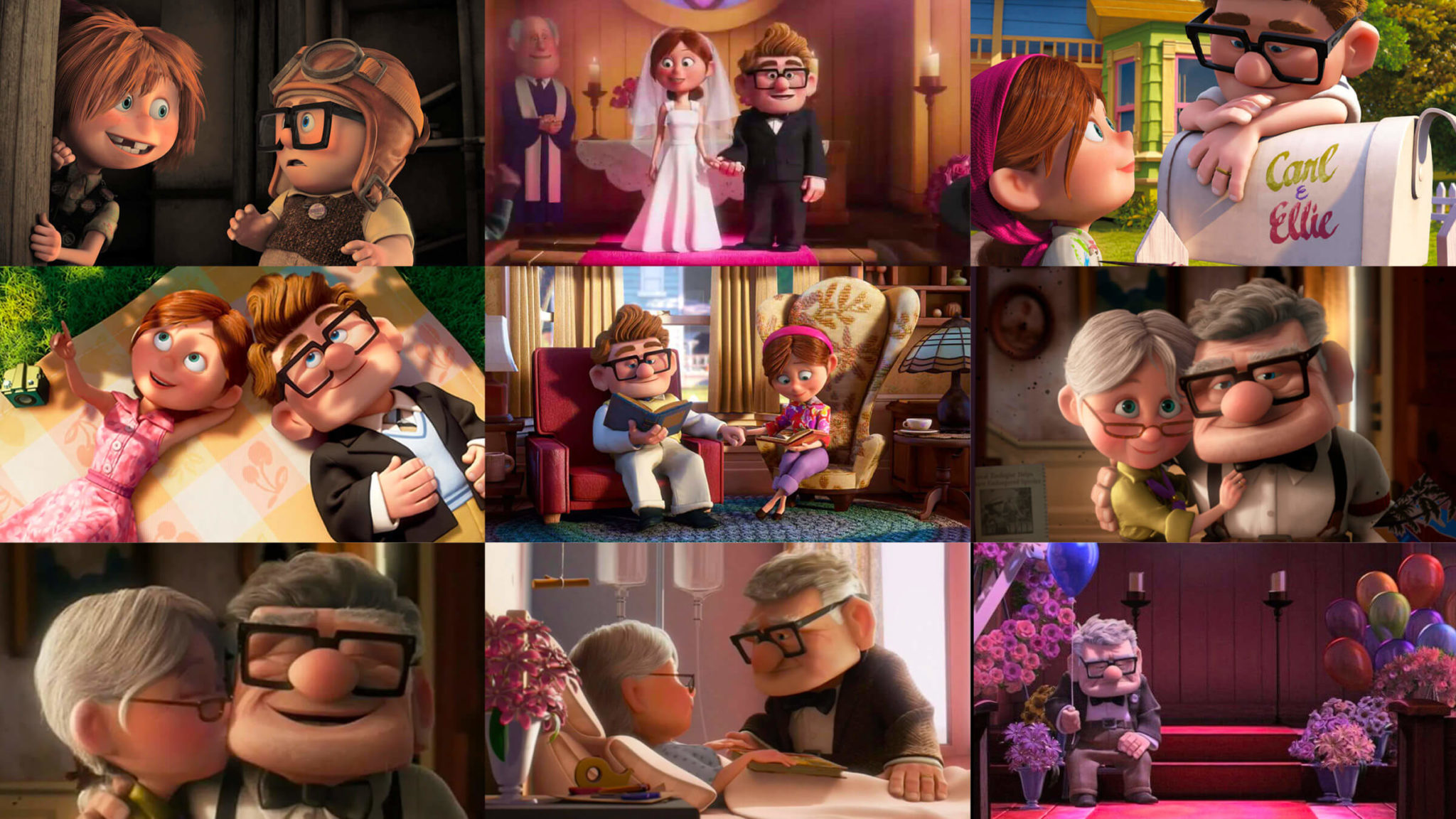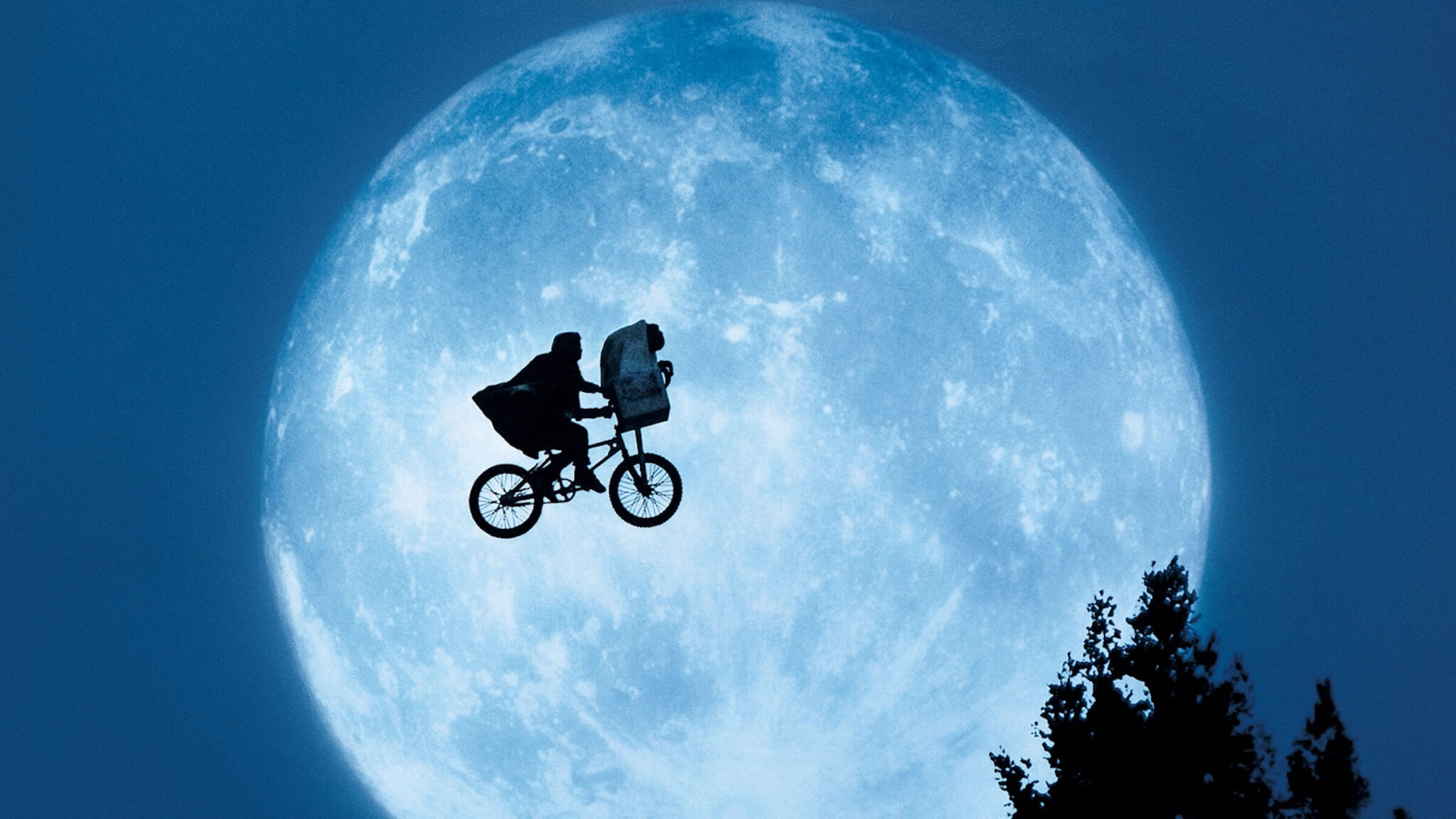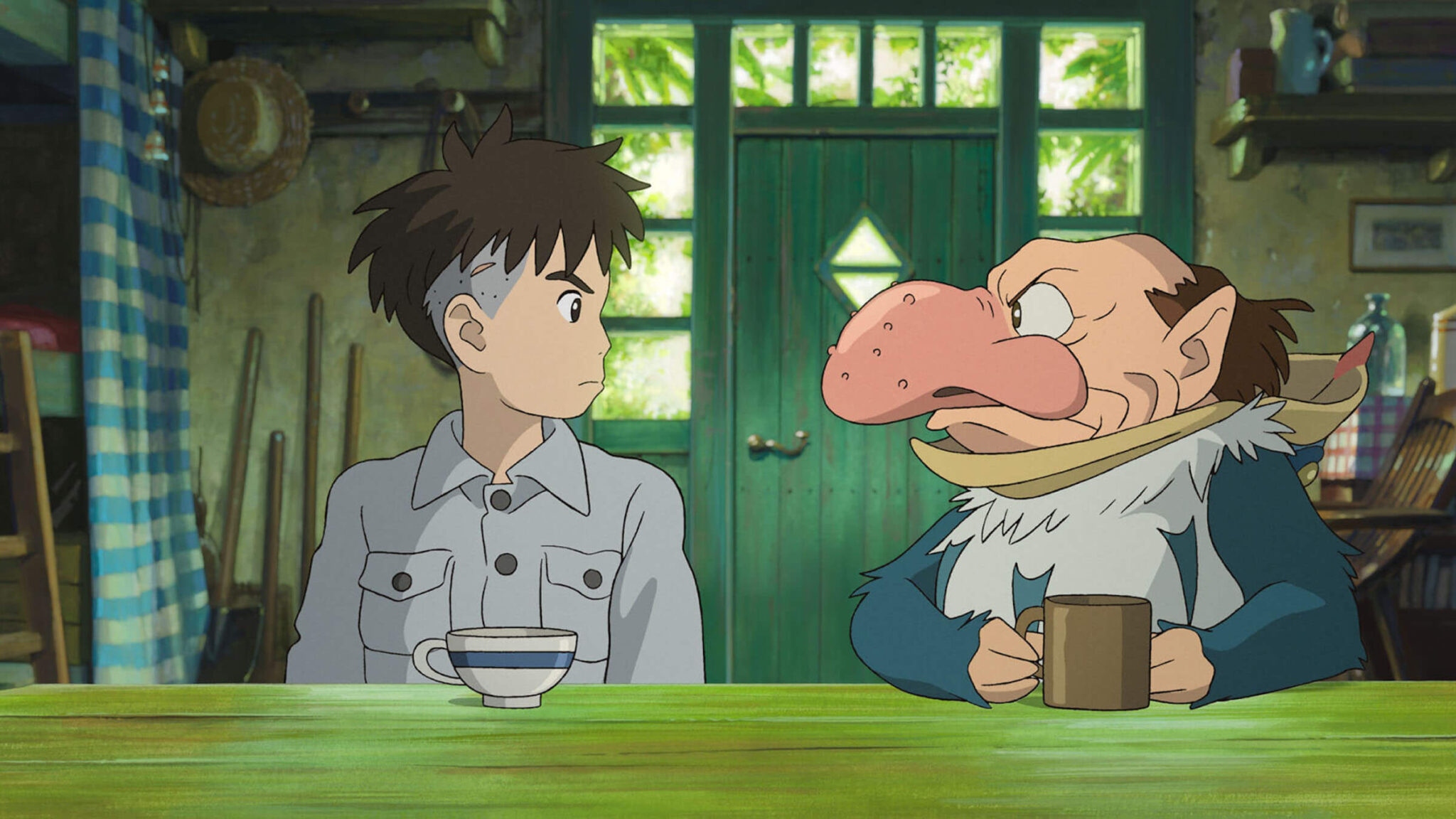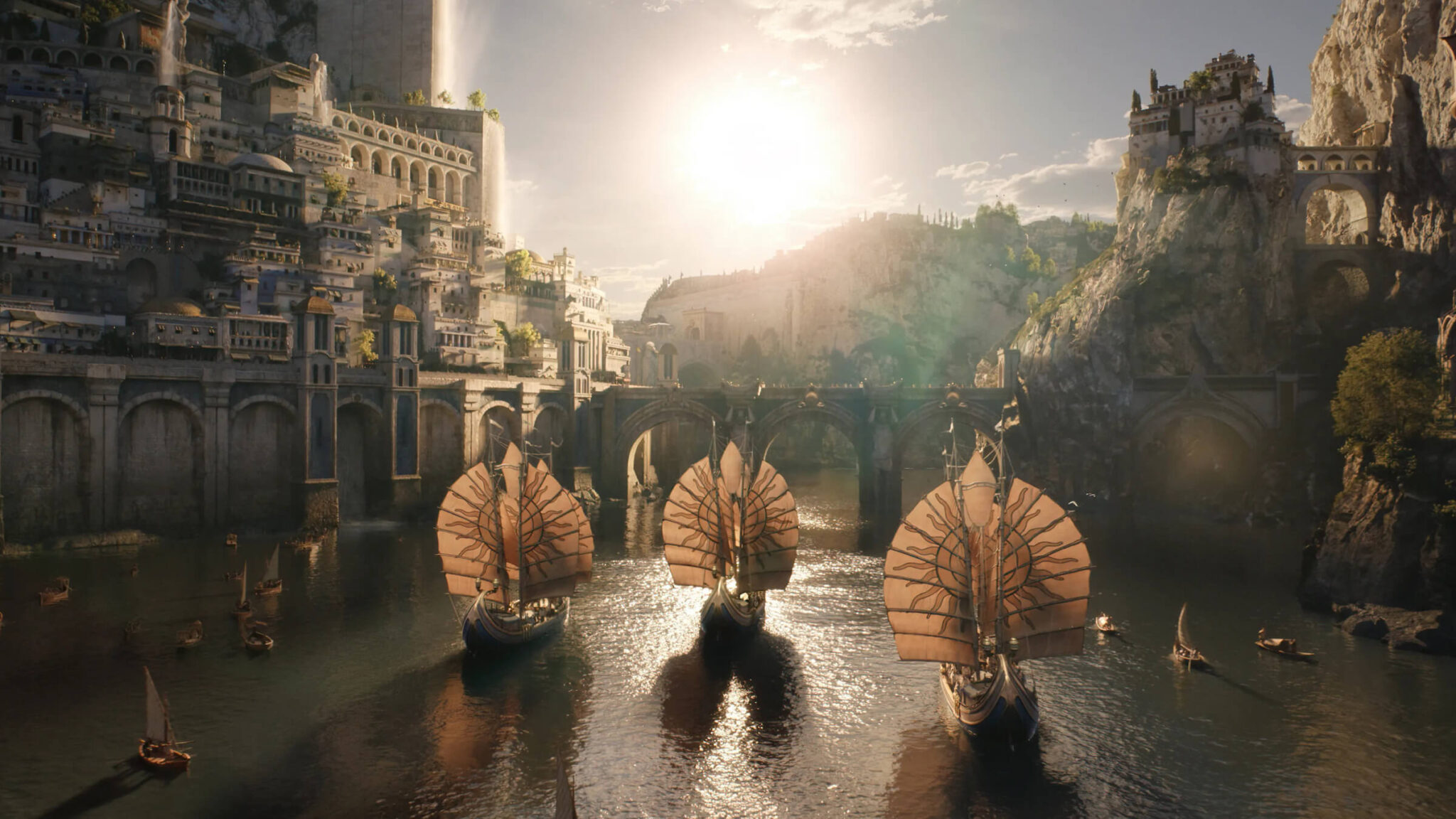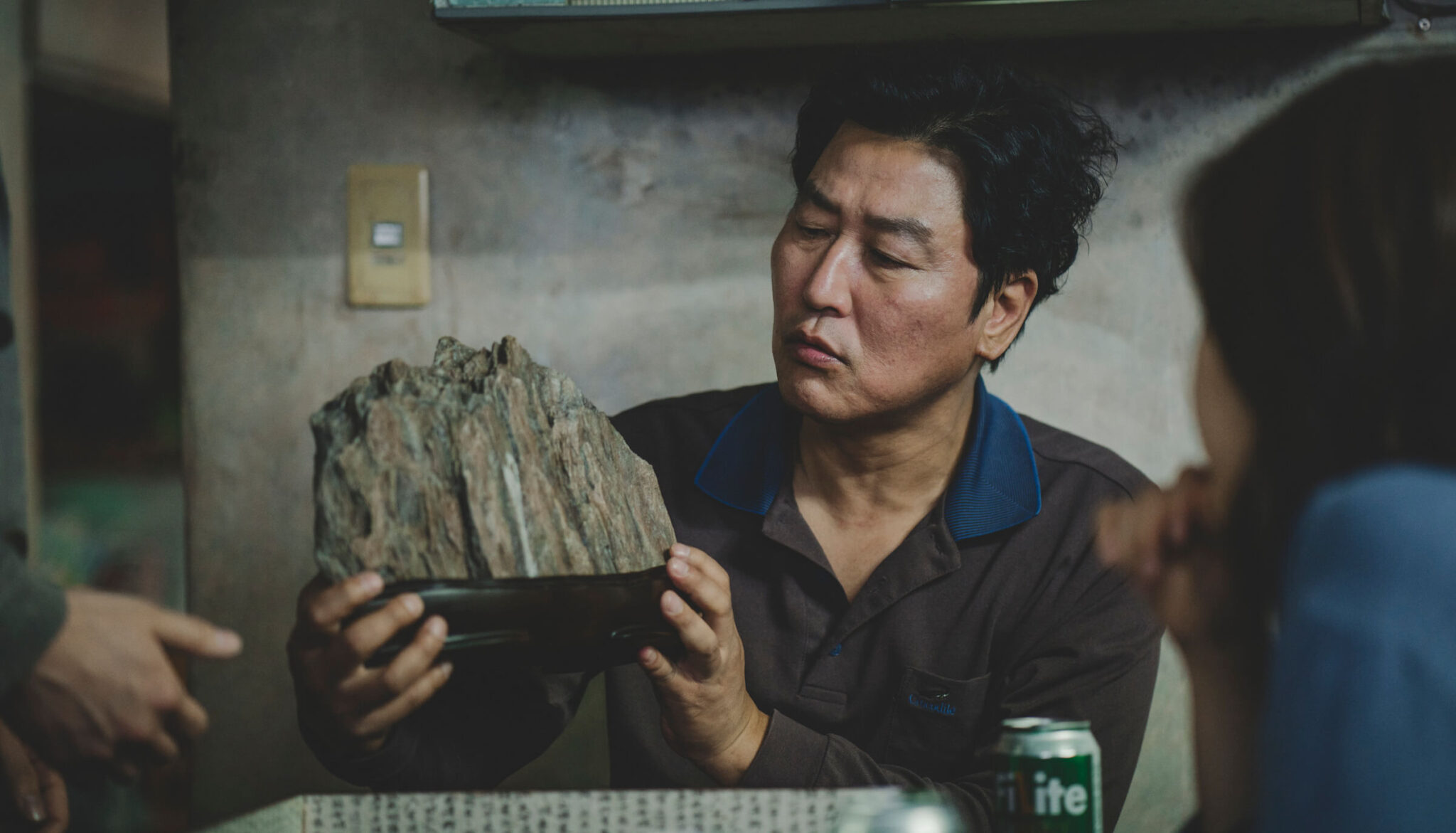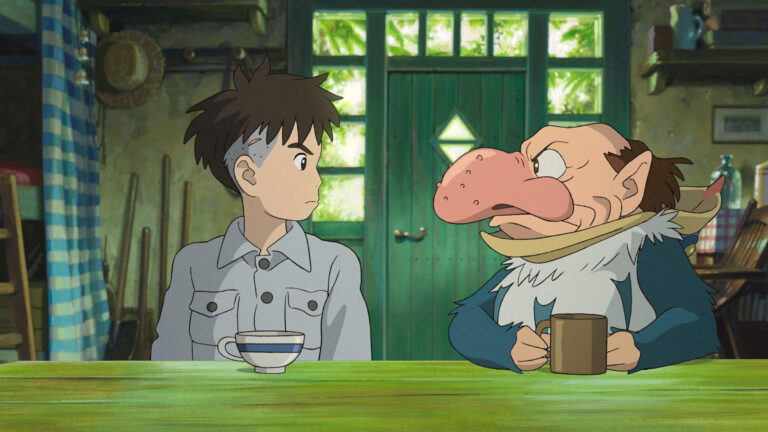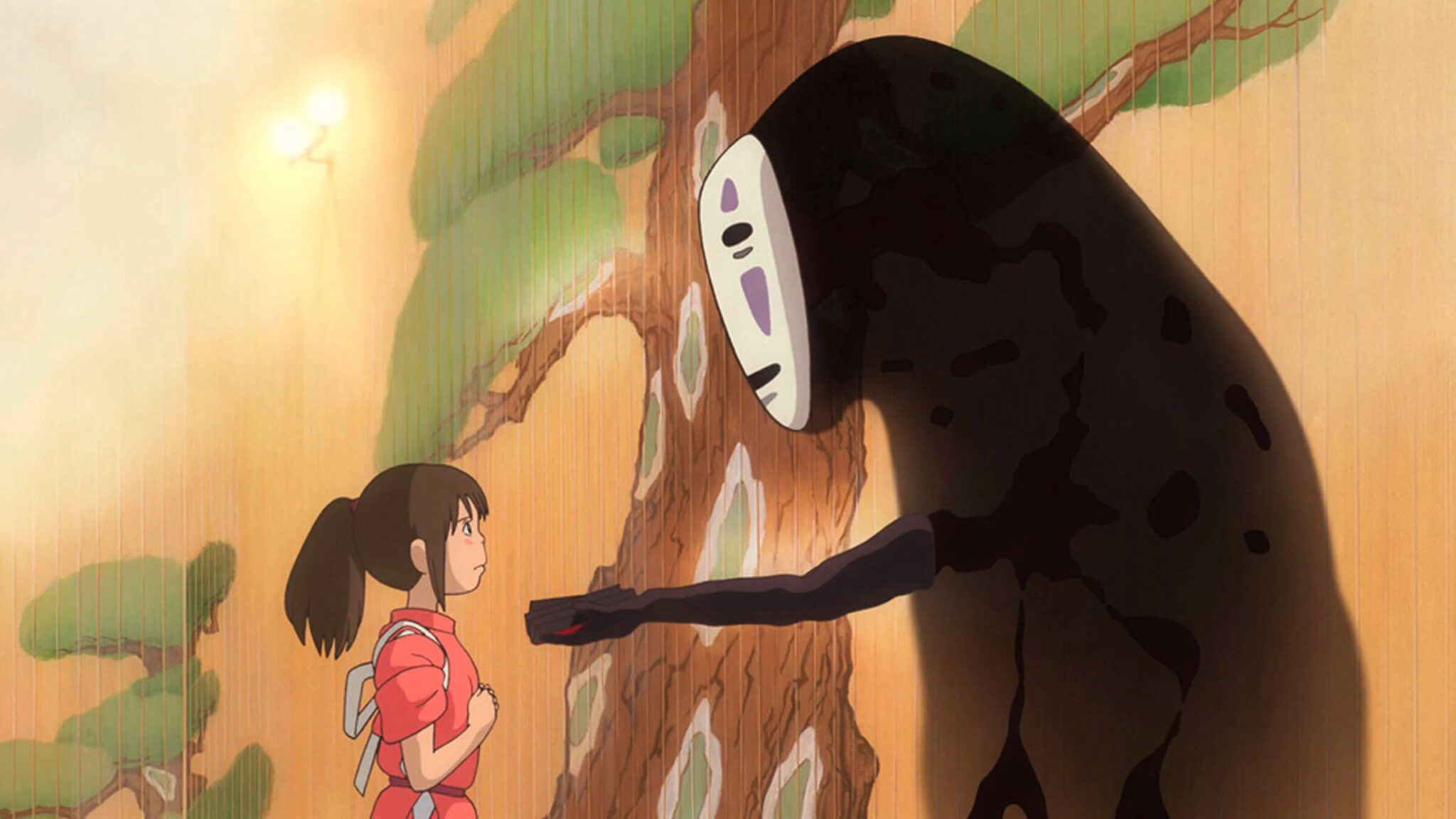AFI Fest 2013 Review: The Wind Rises Is A Worthy Swan Song

If Hayao Miyazaki truly means to retire from directing feature films, The Wind Rises will be remembered as a worthy farewell opus, a parting gift from the gentle genius behind animated classics such as My Neighbor Totoro, Princess Mononoke and Spirited Away. Intertwining the rich inner life of Japanese aviation engineer Jiro Horikoshi with the development of his most fearsome creation: the Mitsubishi A6M Zero fighter plane, The Wind Rises is a thoughtful historical drama buoyed by Miyazaki’s talent for blending heady social commentary with visually poetic fantasy sequences.
The movie opens with a preteen Jiro as he imagines taking to the skies in his own makeshift aircraft, soaring over the countryside and leaving all his cares, especially his annoying younger sister Kayo, far behind him. Informed that his extreme nearsightedness will prevent him from flying planes, the intrepid young man dedicates his life to designing and building them instead.
Awash in the lush, fluid animation style audiences have come to expect from Miyazaki’s Studio Ghibli, every frame of The Wind Rises is a painterly feast of light and color. One standout scene involves Jiro literally sharing a dream with Italian designer Giovanni Battista Caproni, one of Miyazaki’s real-life heroes, a cheery spectral presence who encourages the boy to push the limits of his creativity as the two walk side-by-side on the wings of an airborne bomber carrying travelers instead of soldiers.
Watch trailer here:
The rest of The Wind Rises follows Jiro on his career path from gifted neophyte to master designer, helped along by his loyal friend Honjo and his grumpy, floppy-haired supervisor Kurokawa. He even finds time for romance after reconnecting with Nahoko, the beautiful but sickly girl whose life he saved during the Great Kanto Earthquake of 1923 (another visual knockout accompanied by rumbling, almost guttural sound effects). Their time together, although largely a work of fiction, beautifully evokes the film’s emphasis on impermanence, as well as the moral insulation provided by true love and hard work.
So, what spurred Miyazaki, a committed pacifist, to tell the story of a man who spent years designing war machines? Apparently the filmmaker considers his subject an unlikely kindred spirit. Like Jiro, Miyazaki possesses a fiercely romantic fascination with flight, as evidenced by aeronautical epics such as Kiki’s Delivery Service, which featured a young witch delivering baked goods on her flying broom, and the delightful Porco Rosso, the saga of a World War I ace who is transfigured into an anthropomorphic pig.
The screenplay, adapted by Miyazaki from his own 2009 manga serial, goes out of its way to portray Jiro as essentially benign, a naïve dreamer who merely wanted to “make something beautiful,” even if that meant supplying the Japanese military with a plane that would ultimately spearhead the attack on Pearl Harbor and become the fighter of choice for thousands of kamikaze pilots. Regardless of historical accuracy, this choice allows The Wind Rises to function as Miyazaki’s anti-war treatise, exploring the paradoxical notion of creativity being used for inherently destructive ends.
Japanese conservatives have been lambasting Miyazaki for releasing the movie, especially at a time when the country seems poised to regain some of its clout as an national power, given Prime Minister (and USC alumnus) Shinzo Abe’s controversial plan to amend the constitution and convert Japan’s Self-Defense Forces into an active military (the country’s first since roughly 1947).
Miyazaki, for his part, has publically defended his right to criticize policy through art, saying The Wind Rises is meant to serve as a cautionary tale about the excesses of nationalism in general. This is supported by the appearance of a character named Castrop, a mysterious, vaguely supernatural German expatriate who warns Jiro about the dire consequences of Japan making deals with “Mr. Hitler” and his gang of “hoodlums.”
All in all, The Wind Rises represents an early yet dignified exit for one of the great pioneers of animation, a man who has every right to be called the Japanese equivalent of Walt Disney (though he’s arguably been more hands-on as an artist, contributing to nearly every frame of his earlier pictures and resisting the lure of digital effects until 1997). This film, along with the 10 other features Miyazaki made over the course of his long and varied career, serves as an eternal testament to a talent as playful and poignant as the wind itself.
Tags
Get Our Screenwriting Newsletter!
Get weekly writing inspiration delivered to your inbox - including industry news, popular articles, and more!










